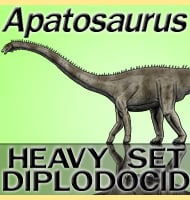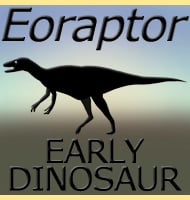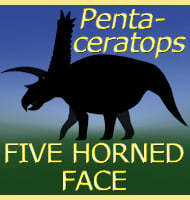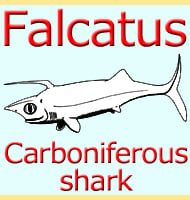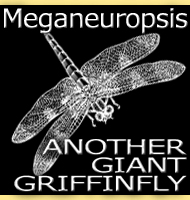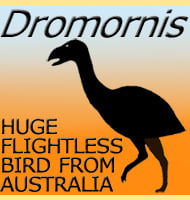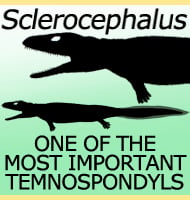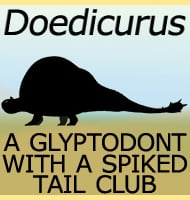In Depth
Moropus seems to have been larger than most other chalicotheres, and its broad distribution and numerous remains indicate that it was one of the most common animals alive in North America during the early stages of the Miocene. Moropus also seems to have not walked upon its knuckles to protect its claws like most other chalicotheres, presumably because its larger size meant increased weight, so not walking like other chalicotheres would mean a reduction in strain upon the knuckles. Another chalicothere believed to have done this is Ancylotherium.
Further Reading
- A new species of Moropus (M. Hollandi) from the base of the middle Miocene of western Nebraska, O. A. Peterson - 1913. - The osteology of the Chalicotheroidea, with special reference to a mounted skeleton of Moropus elatus Marsh, now installed in the Carnegie Museum, W. J. Holland & O. A. Peterson - 1914.

